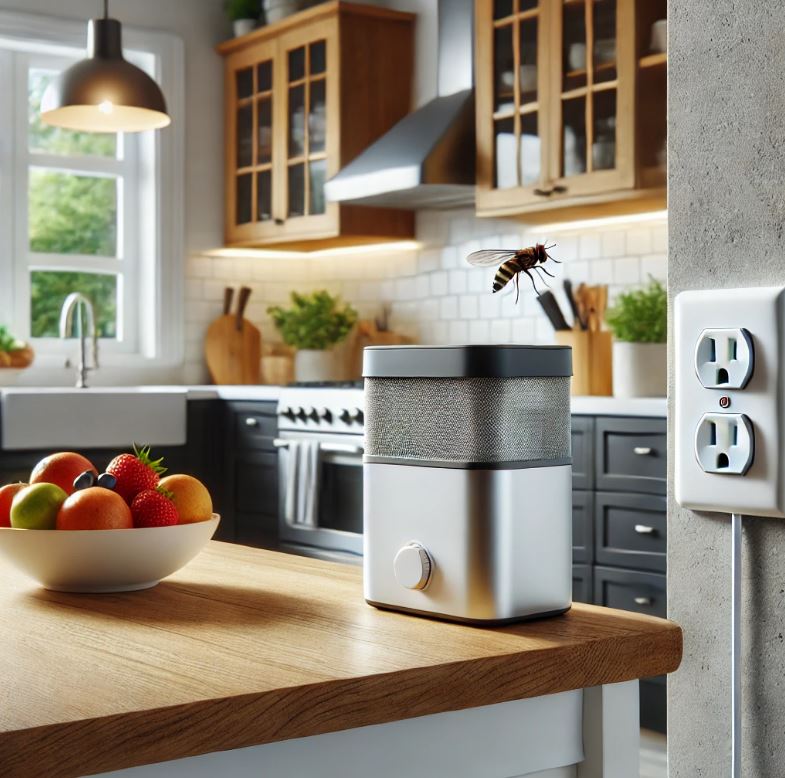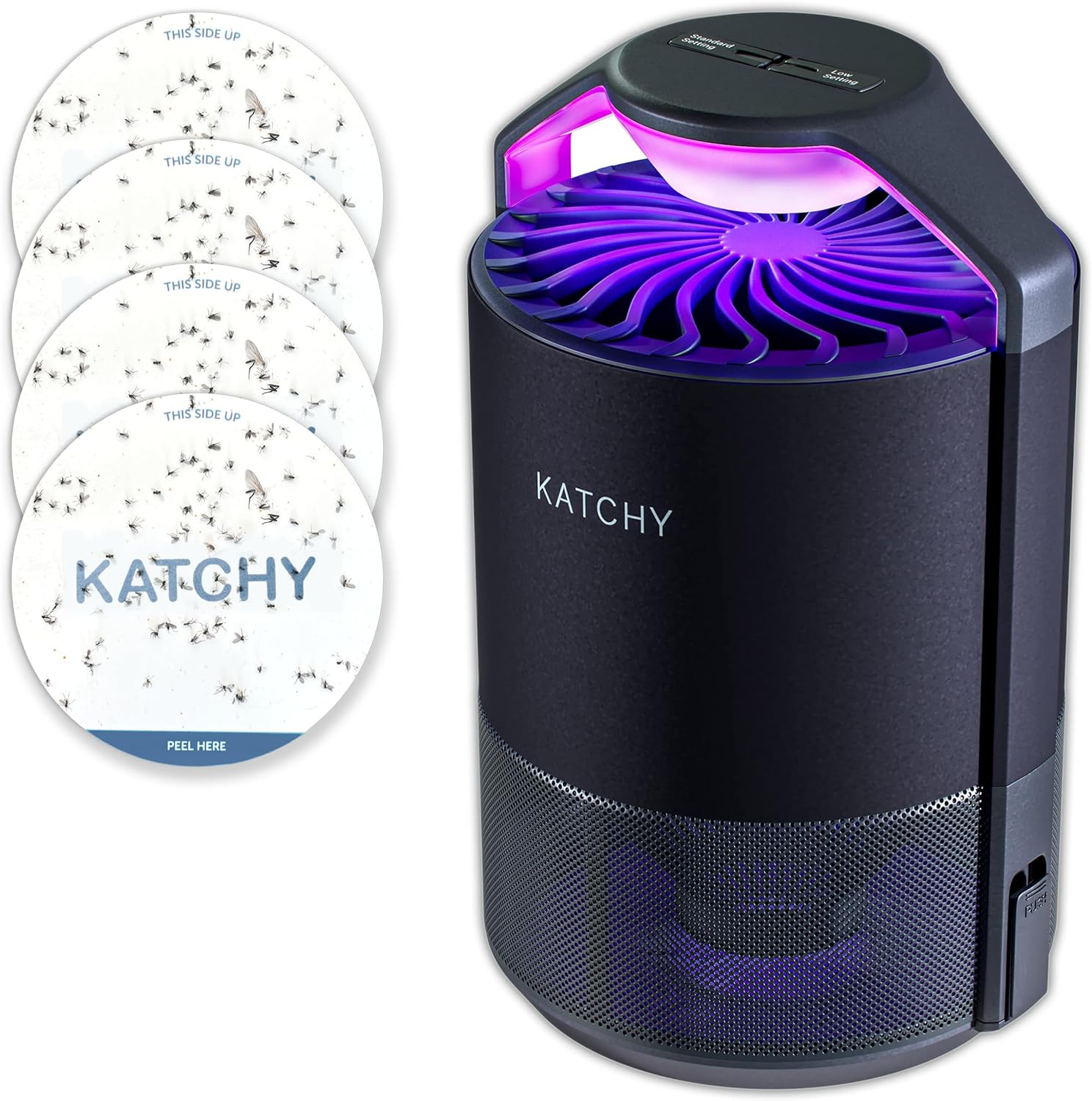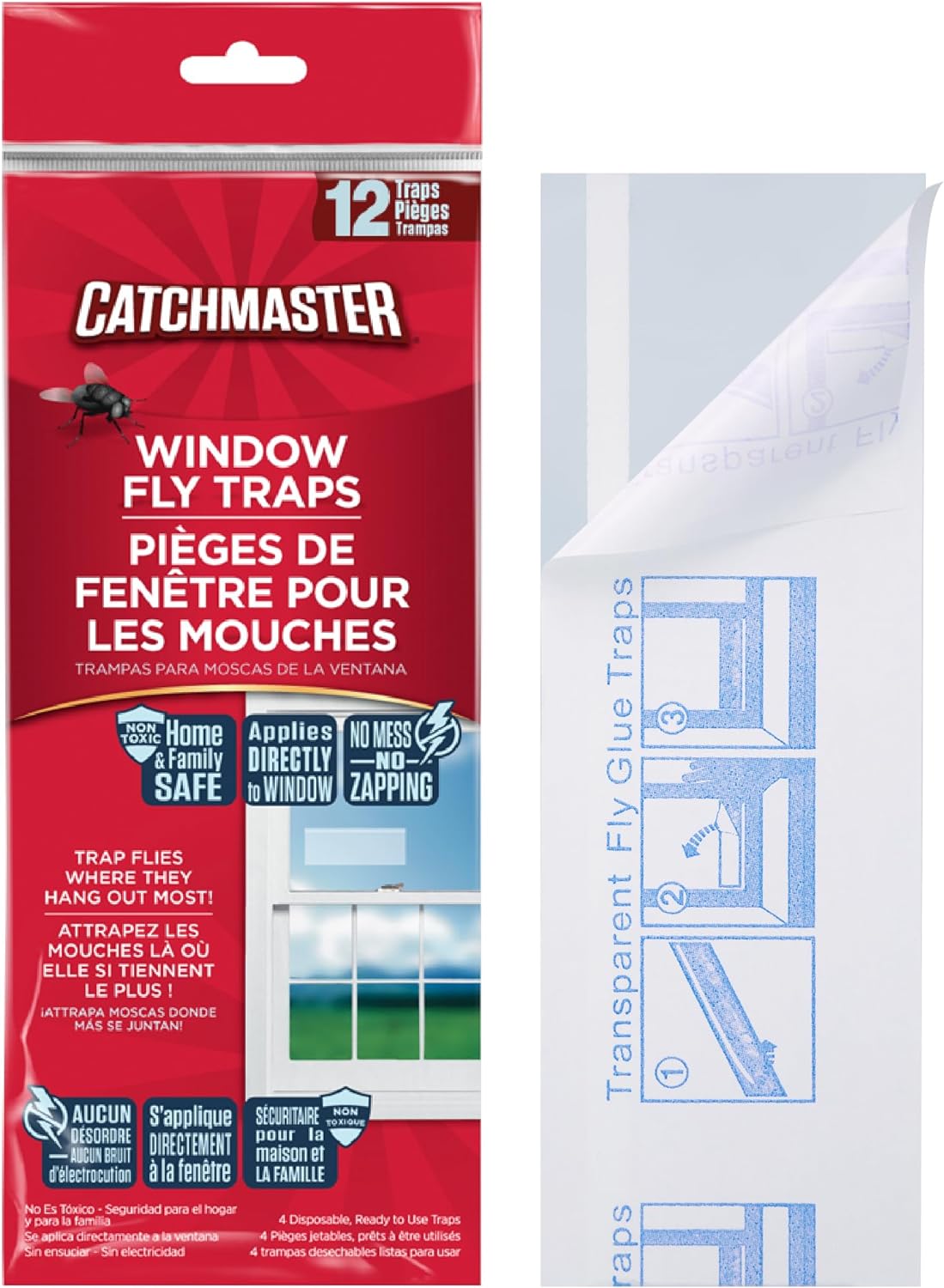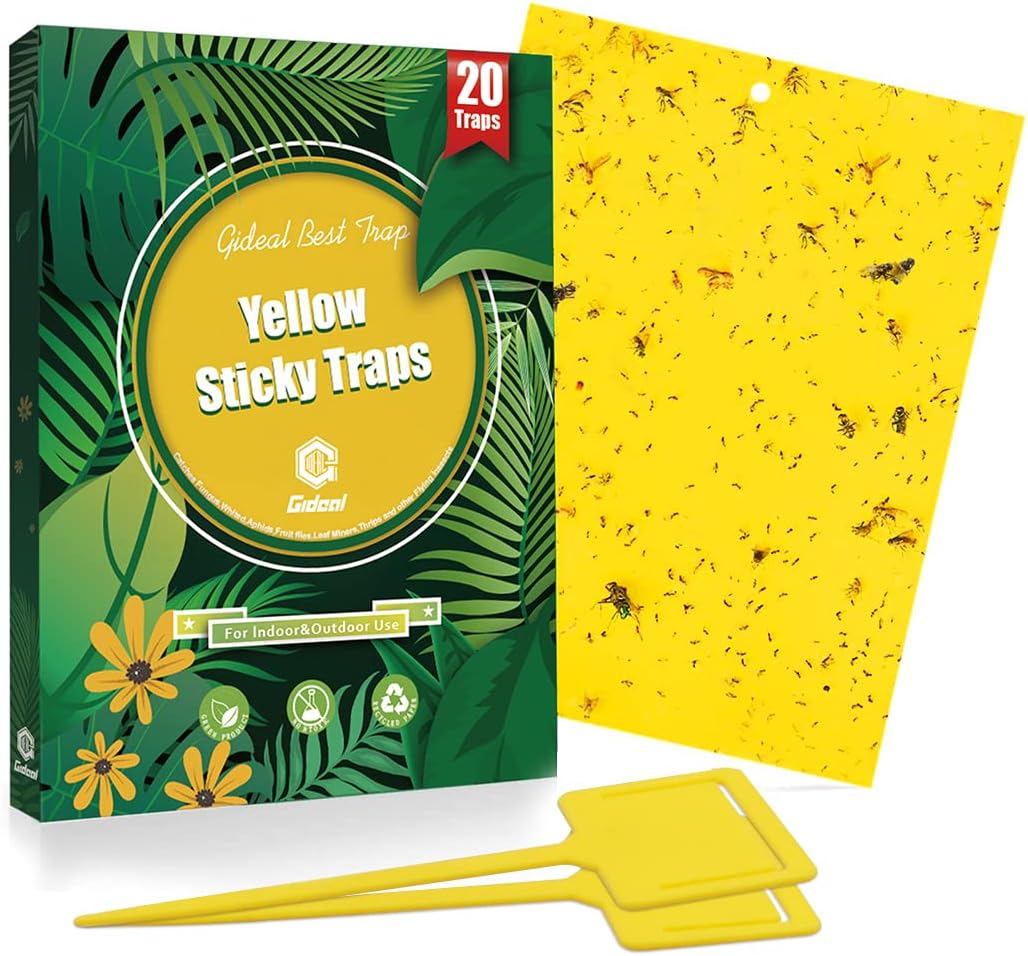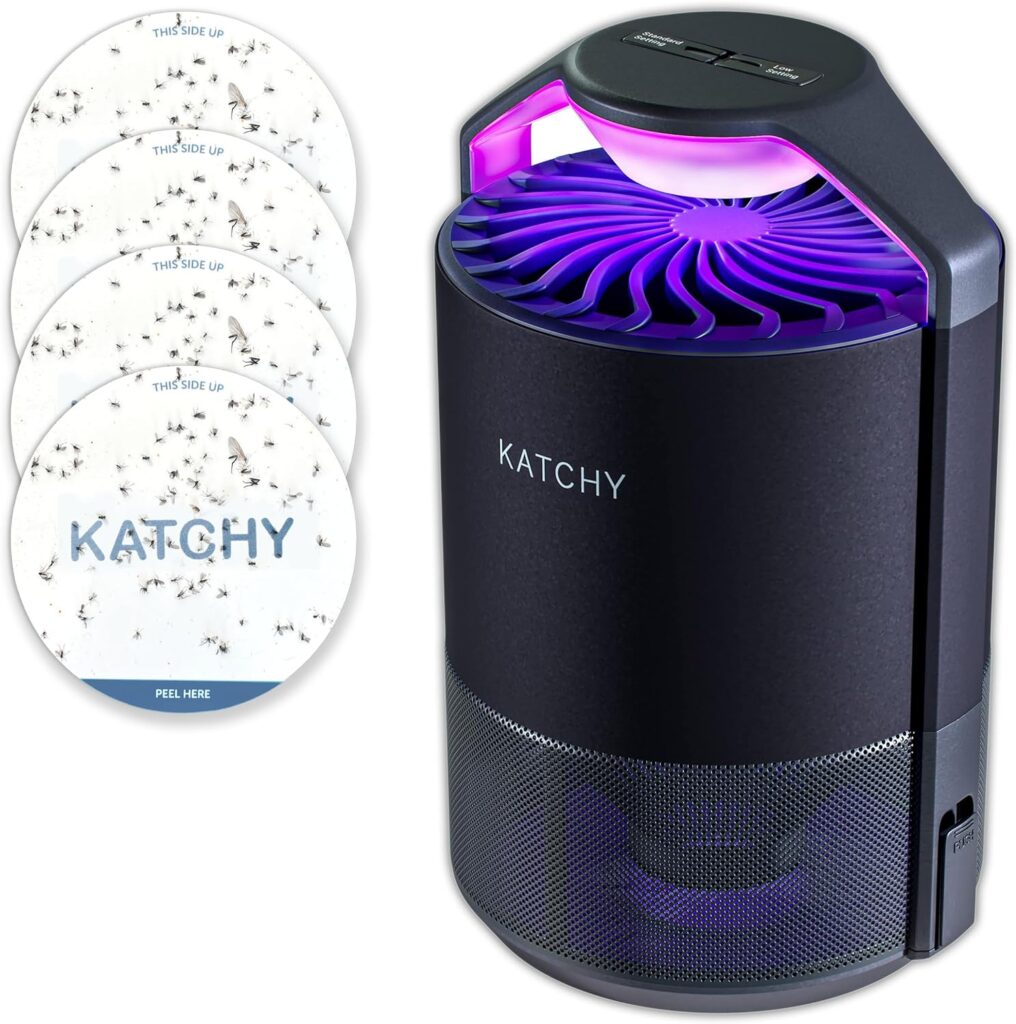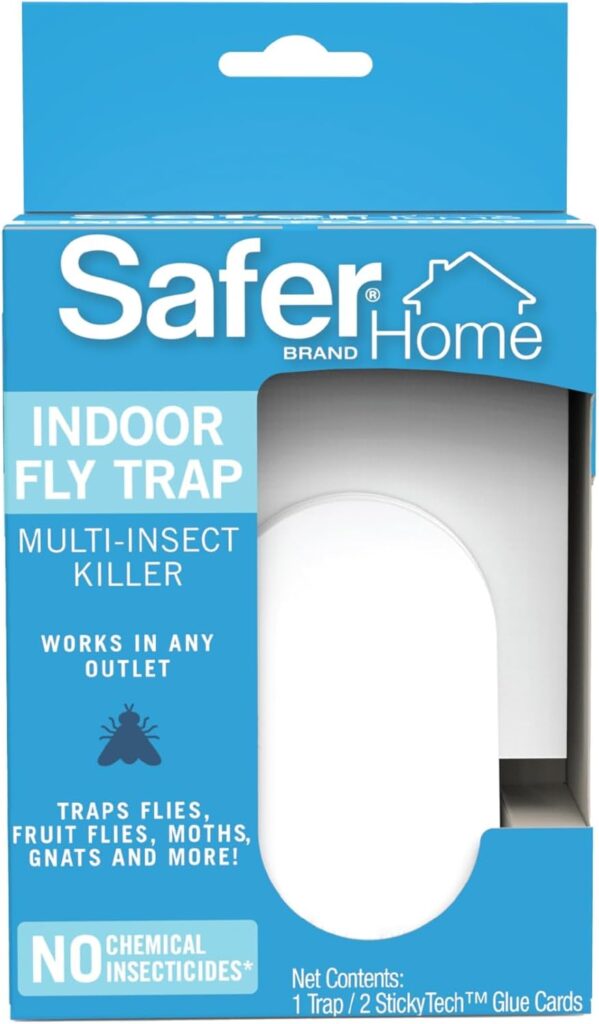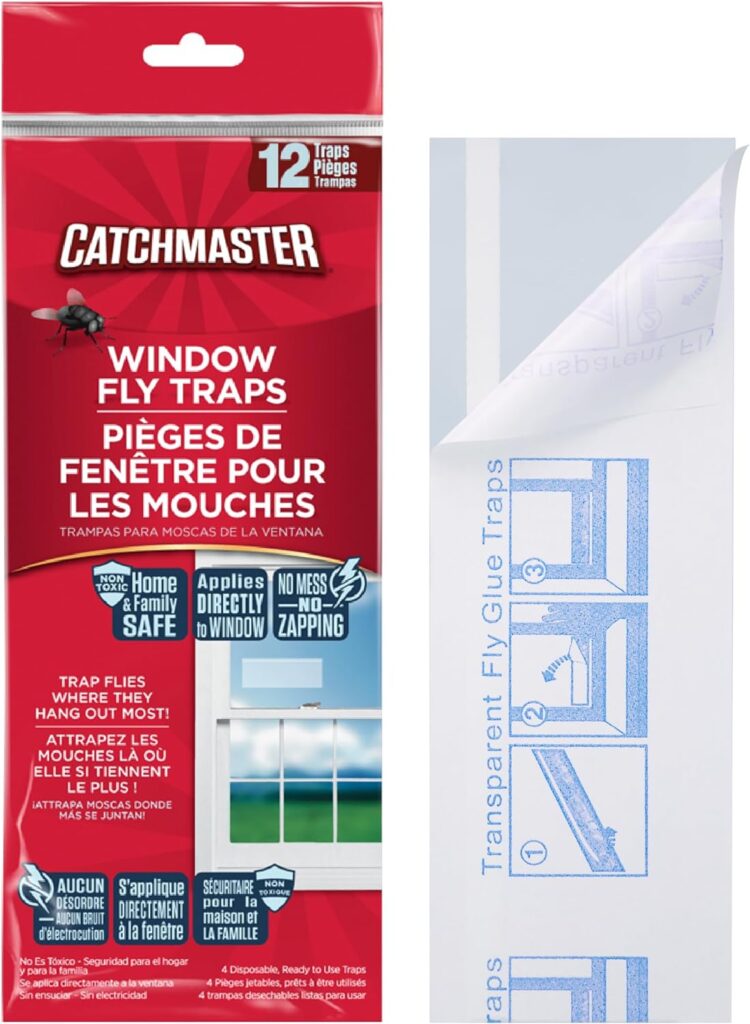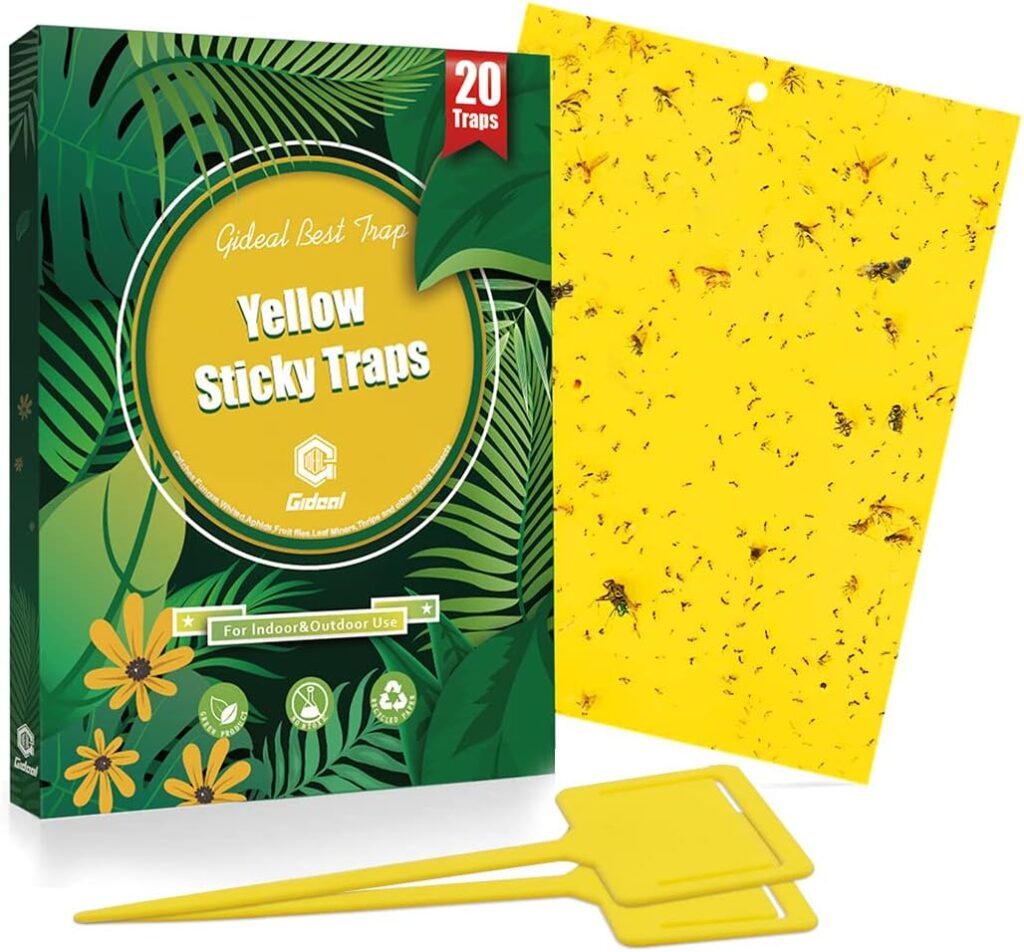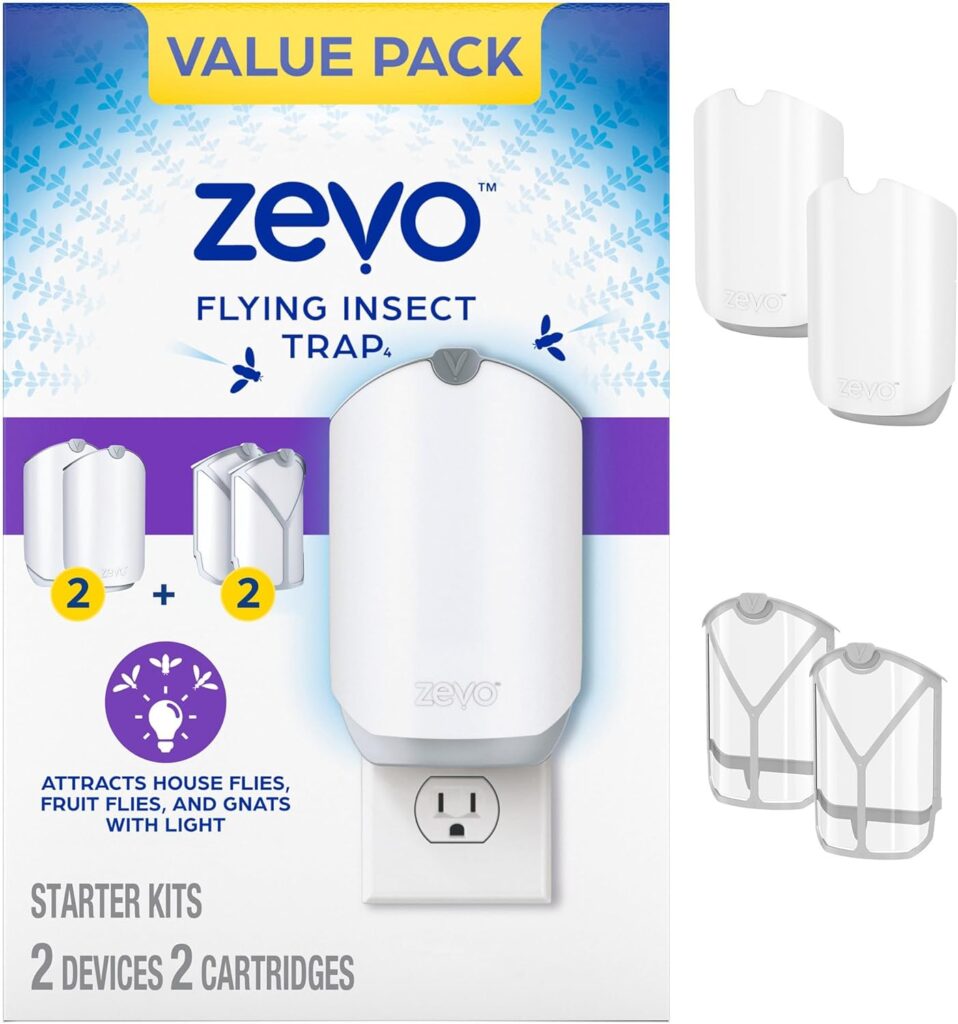I'm a participant in the Amazon Services LLC Associates Program, an affiliate advertising program designed to provide a means for me to earn fees by linking to Amazon.com and affiliated sites.
Dealing with indoor flies can be a nuisance, but choosing the right fly trap can make a significant difference. In this article, we’ll explore the best indoor fly traps available on the market as of 2024, comparing their pros and cons, and providing a detailed product comparison to help you make an informed decision.
Product | Type | Number of Traps | Price | |
|---|---|---|---|---|
UV Light/Adhesive | 1 reusable | |||
UV Light/Adhesive | 1 reusable | |||
Adhesive | 12 | |||
Adhesive | 20 | |||
UV Light/Adhesive | 1 reusable |
Key Takeaways
- Katchy Indoor Insect Trap: Best overall for indoor use with a UV light and adhesive board.
- Safer Indoor Plug-In Fly Trap: Best plug-in option, effective and discreet.
- Catchmaster Clear Window Fly Traps: Ideal for windows, uses a simple peel-and-stick method.
- Gideal Dual-Sided Yellow Sticky Traps: Best for indoor plants, versatile and non-toxic.
- Zevo Flying Insect Trap: Best electronic option, utilizes UV light for attracting flies.
Pros and Cons of Top Indoor Fly Traps
Katchy Indoor Insect Trap
Pros:
- Effective UV light attracts flies and other insects.
- Adhesive board traps insects without chemicals.
- Sleek design suitable for indoor use.
Cons:
- Requires regular replacement of adhesive boards.
- Less effective in brightly lit areas.
Safer Indoor Plug-In Fly Trap
Pros:
- Easy to use, just plug in and go.
- Silent operation with UV light attraction.
- Discreet and compact design.
Cons:
- Might need multiple units for larger infestations.
- Adhesive boards need periodic replacement.
Catchmaster Clear Window Fly Traps
Pros:
- Transparent design doesn’t obstruct the view.
- Easy peel-and-stick application.
- Effective at trapping flies on windows.
Cons:
- Can leave glue residue on surfaces.
- Needs replacement when full.
Gideal Dual-Sided Yellow Sticky Traps
Pros:
- Non-toxic and safe for use around plants.
- Dual-sided traps for increased efficiency.
- Waterproof and UV resistant.
Cons:
- Bright yellow color is not discreet.
- Not reusable, requires periodic replacement.
Zevo Flying Insect Trap
Pros:
- UV bio-attractant light mimics natural light patterns.
- Chemical-free and odorless.
- Continuous 24-hour protection.
Cons:
- Less effective on larger fly species.
- Needs placement near fly congregation points.
Major Differences Between the Fly Traps
Type of Trap
- UV Light Traps: Both the Katchy Indoor Insect Trap and the Zevo Flying Insect Trap use UV light to attract flies. This method is silent and effective, especially in darker indoor settings.
- Sticky Traps: The Gideal Dual-Sided Yellow Sticky Traps and Catchmaster Clear Window Fly Traps use adhesive surfaces to capture flies. These are chemical-free but require regular replacement.
- Plug-In Traps: The Safer Indoor Plug-In Fly Trap combines UV light with a plug-in design, making it convenient and discreet.
Usage and Placement
- Katchy Indoor Insect Trap and Zevo Flying Insect Trap: Best used in living rooms, kitchens, and bedrooms where they can operate continuously.
- Safer Indoor Plug-In Fly Trap: Ideal for discreet placement in kitchens and living areas.
- Catchmaster Clear Window Fly Traps: Perfect for windows and glass doors where flies tend to gather.
- Gideal Dual-Sided Yellow Sticky Traps: Versatile for use in potted plants, gardens, and near windows.
Recent Developments in Fly Trap Technology
As of August 2024, the trend in fly traps is leaning towards more eco-friendly and sustainable solutions. New models focus on non-toxic materials and reusable components to minimize environmental impact. Additionally, advancements in UV light technology have improved the efficiency of electronic traps.
Top Experts and Entities in the Field
- PestWorld: A leading resource for pest control solutions, offering insights and reviews on the latest fly traps.
- National Pest Management Association (NPMA): Provides guidelines and recommendations for effective pest control, including fly management.
- HGTV: Regularly reviews and ranks home improvement products, including fly traps, based on effectiveness and user feedback.
Conclusion – Best Indoor Fly Trap
Choosing the best indoor fly trap depends on your specific needs and environment. Whether you prefer the silent efficiency of UV light traps or the simplicity of sticky traps, the options listed above offer reliable solutions for keeping your home fly-free.
For more home improvement tips, check out our articles on The Best Window Air Conditioner for Large Room, Best Desk Fan: Top Picks, and Best Window AC Unit 6000 BTU.
Author: HappyHomeNerd As an expert in home improvement and pest control solutions, HappyHomeNerd provides well-researched and practical advice to help you maintain a comfortable and pest-free living environment.
Buyer’s Guide for Indoor Fly Traps
When selecting an indoor fly trap, consider the following factors to ensure you choose the most effective solution for your needs:
Type of Trap
- UV Light Traps: These traps attract flies using UV light and then capture them on an adhesive surface. They are effective and silent but require replacement of adhesive boards.
- Sticky Traps: Simple and chemical-free, these traps use adhesive surfaces to catch flies. They are best used in less visible areas as they can become unsightly when full.
- Plug-In Traps: Convenient and discreet, these traps combine UV light with a plug-in design, ideal for continuous use in living spaces.
Coverage Area
- Consider the size of the area where you need the fly trap. Larger rooms may require more powerful traps or multiple units to be effective.
Maintenance
- Check how often the trap needs maintenance, such as replacing adhesive boards or emptying traps. Low-maintenance options can save time and effort.
Safety
- Ensure the trap is safe to use around children and pets. Non-toxic and chemical-free options are ideal for households with small children or animals.
Aesthetic Considerations
- Some traps are designed to blend into home decor, while others may be more utilitarian. Choose a design that fits your aesthetic preferences and the placement within your home.
Do These Attract Bugs Other Than Flies?
Yes, many indoor fly traps are designed to attract and capture a variety of flying insects, not just flies. For instance:
- Katchy Indoor Insect Trap: This trap attracts flies, mosquitoes, gnats, and moths using UV light and an adhesive board.
- Safer Indoor Plug-In Fly Trap: This trap also targets flies, mosquitoes, and other flying insects with its UV light attraction.
- Zevo Flying Insect Trap: Effective against flies, mosquitoes, gnats, and moths, this trap uses a UV bio-attractant light.
These traps use light and adhesive or vacuum mechanisms to attract a broad range of flying insects, making them versatile solutions for indoor pest control.
Which Rooms Are Best for Indoor Fly Traps?
Kitchens
- Why: Kitchens are prime locations for flies due to the presence of food and waste.
- Best Traps: UV light traps and plug-in traps are ideal as they can be placed discreetly and operate continuously without chemicals.
Living Rooms
- Why: Flies often enter through open windows and doors and congregate in common living areas.
- Best Traps: Traps with aesthetic designs like the Katchy Indoor Insect Trap can blend into the decor while effectively reducing fly populations.
Bedrooms
- Why: Bedrooms need quiet, non-disruptive fly traps to ensure a good night’s sleep.
- Best Traps: Silent traps like the Katchy Indoor Insect Trap and Zevo Flying Insect Trap are suitable due to their silent operation.
Near Windows and Entry Points
- Why: Flies tend to gather near windows and doors where they enter the home.
- Best Traps: Window traps like the Catchmaster Clear Window Fly Traps are perfect for these areas, providing an unobtrusive solution that captures flies as they land.
By strategically placing fly traps in these key areas, you can effectively manage and reduce indoor fly populations, ensuring a more comfortable living environment.
